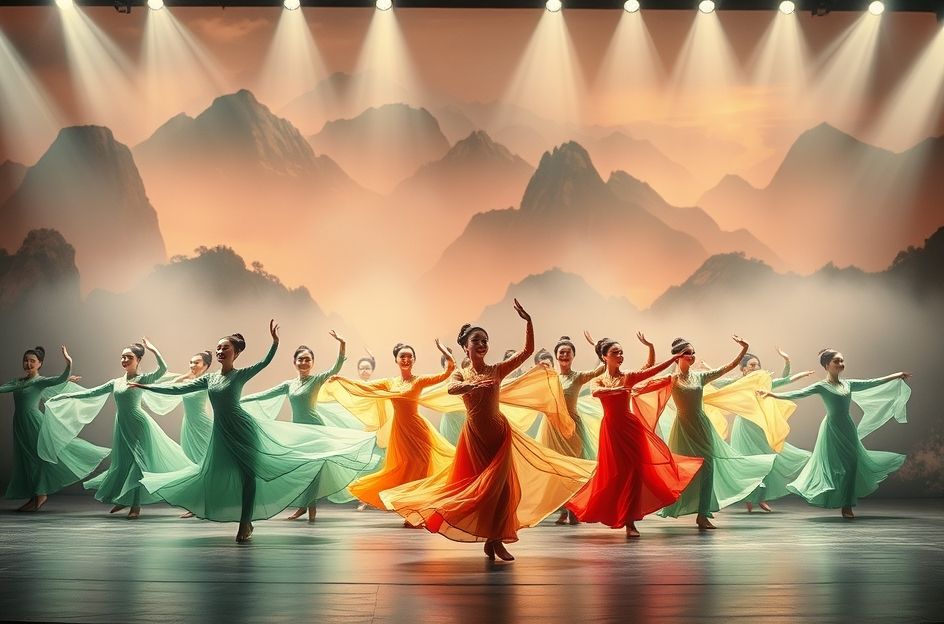Asian-inspired performances, such as the Chinese New Year Spectacular, offer a unique experience, diverging from Western narrative-driven art forms. They invite a shift in perspective, an appreciation for implication over explicit representation. This distinction is fundamental to understanding Asian art, where traditional forms like Chinese dance prioritize evoking feeling rather than adhering to strict, precise movements like ballet. This allows room for individual imagination and lasting impressions.
Consider the story of an art dealer with a painting of a boy leading a horse across a bridge. The painting lacked a rope, which the dealer added before a buyer returned. The buyer, upset, explained that the painting’s value lay in the unseen but felt presence of the rope. This illustrates a central idea: concrete descriptions limit scope, while suggestion expands it.
Chinese art often embraces generality. Ink landscape paintings, with broad strokes and intentional blank spaces, may seem vague to Western eyes. Yet, to those who understand the art, each stroke conveys significant meaning. Similarly, the Chinese language is concise yet descriptive, encapsulating complex concepts within single words or proverbs.
The Chinese New Year Spectacular balances refined traditional dance with accessible elements like music, large-scale synchronized dances, and vibrant costumes and backdrops. The show offers a blend of familiarity and novelty, appealing to a wide audience. Even if some of the more subtle aspects are missed, they enrich the overall experience. Stories of grace and virtue conveyed through song and dance possess a universal and timeless appeal.
